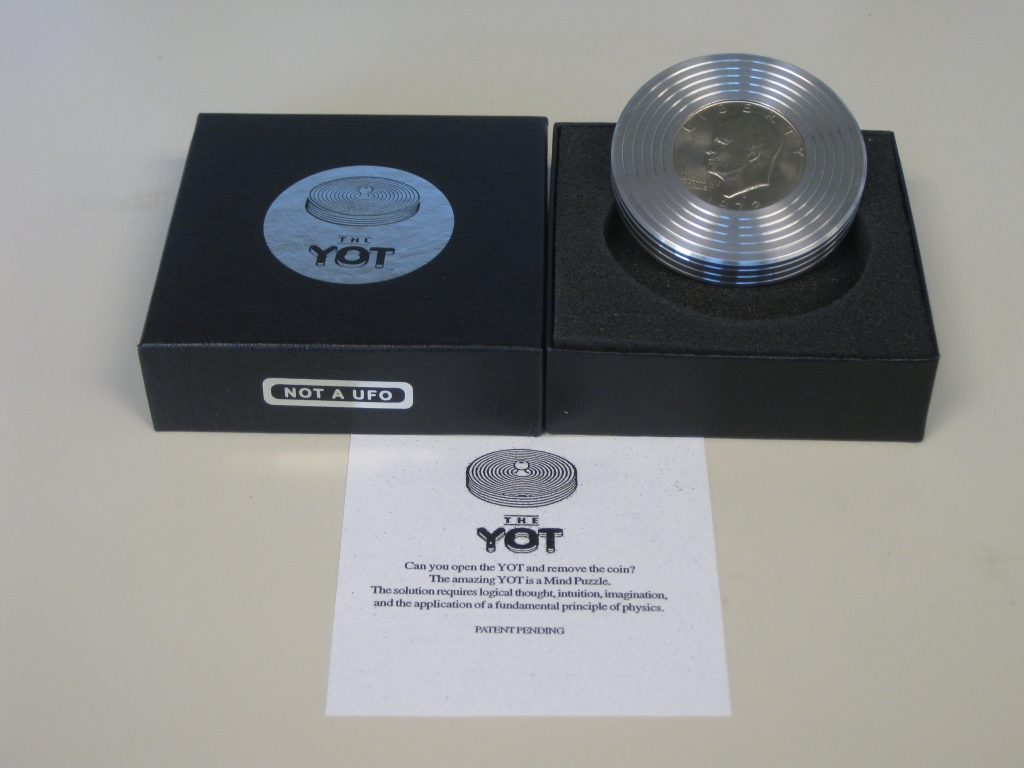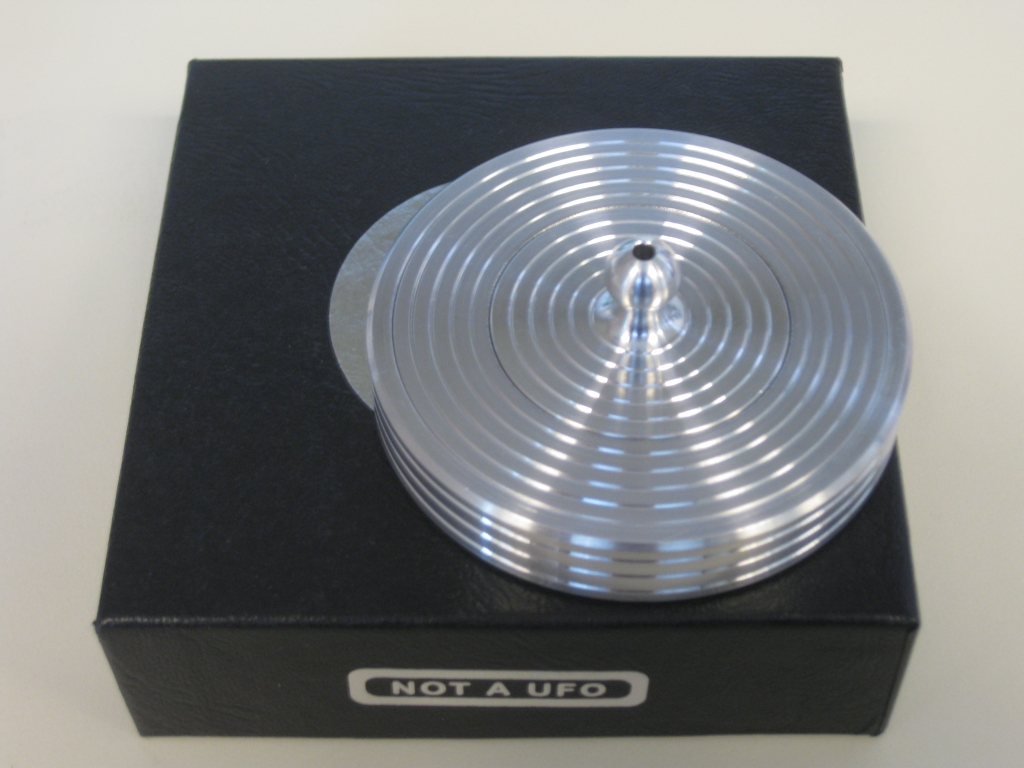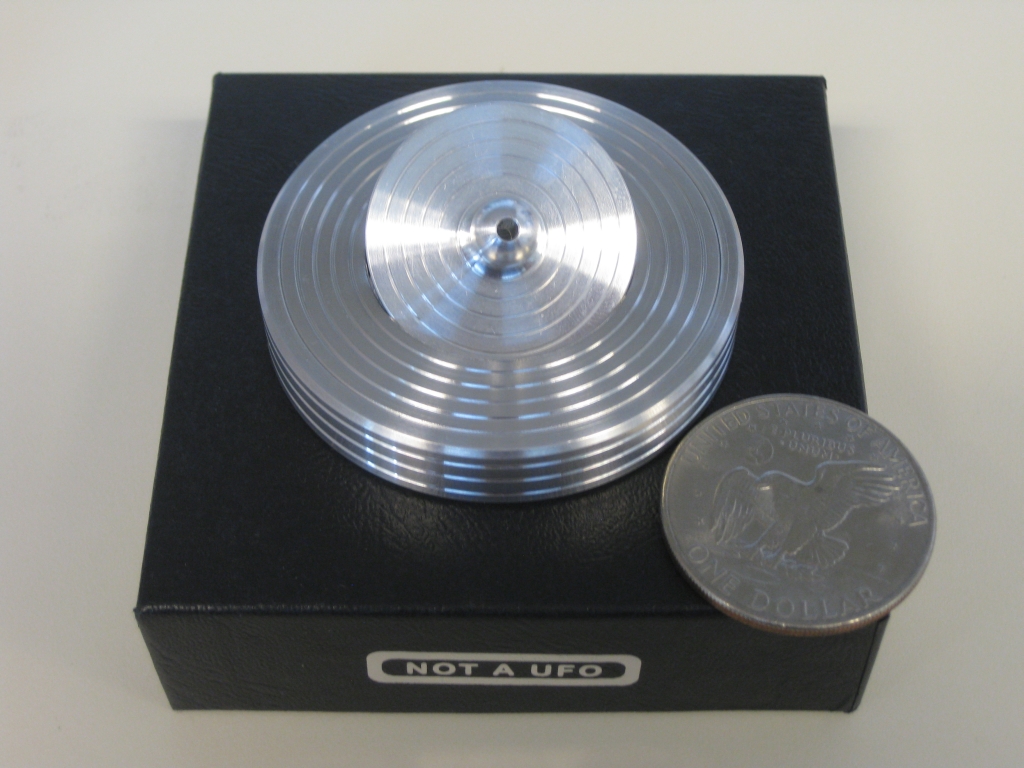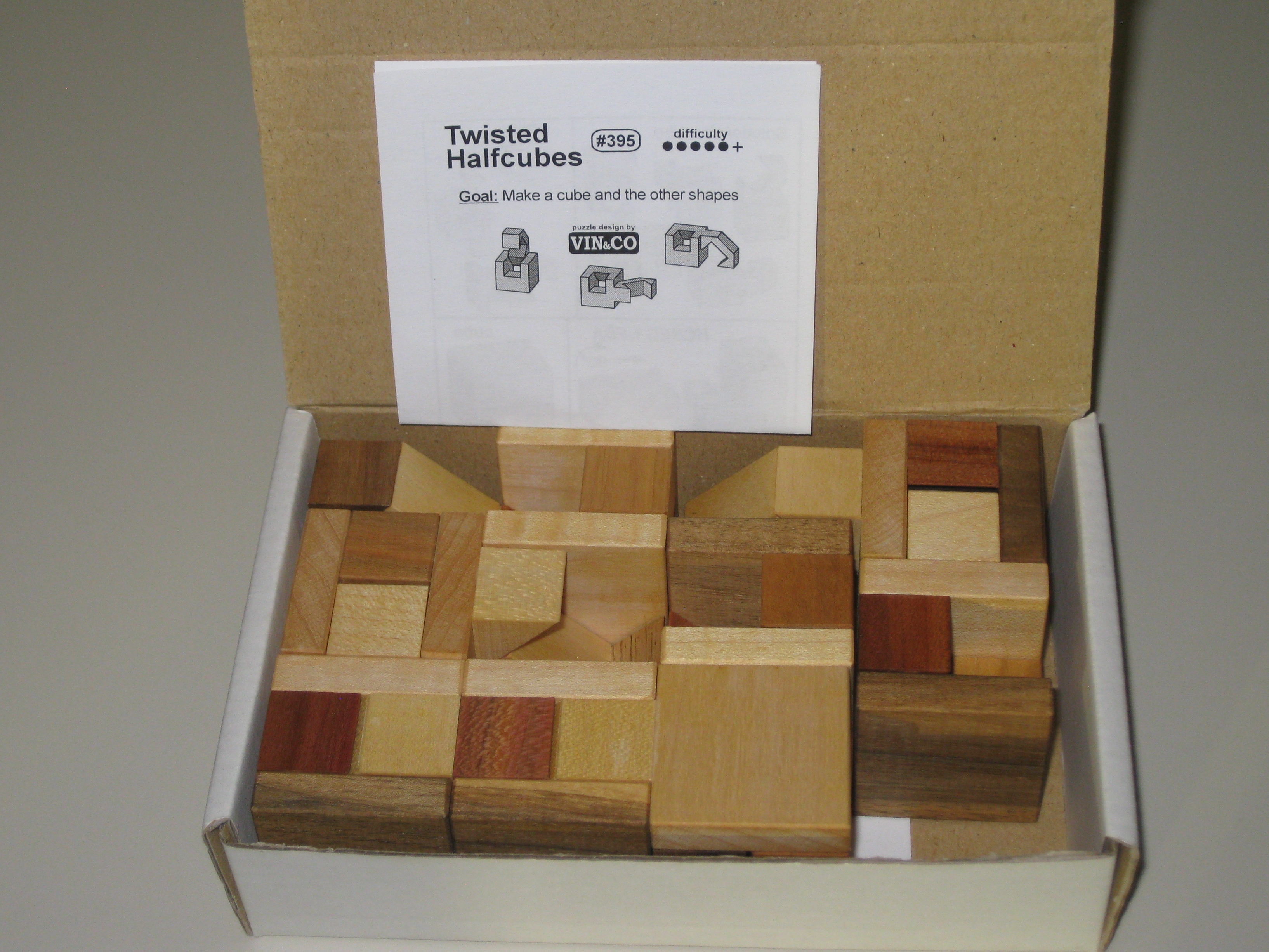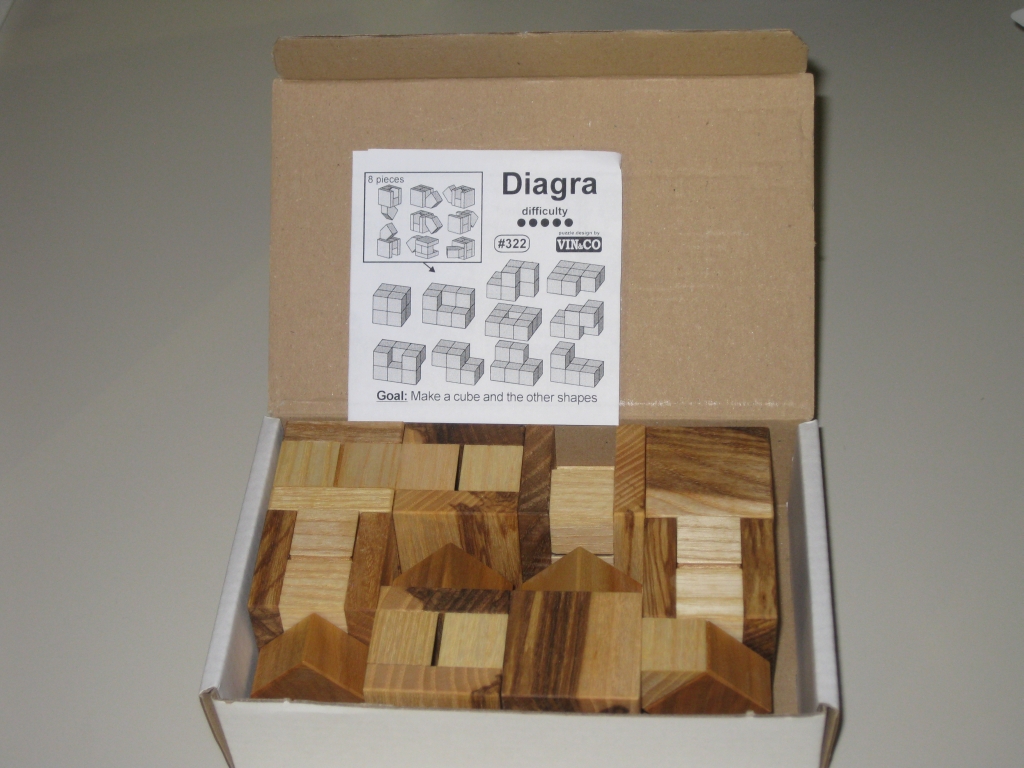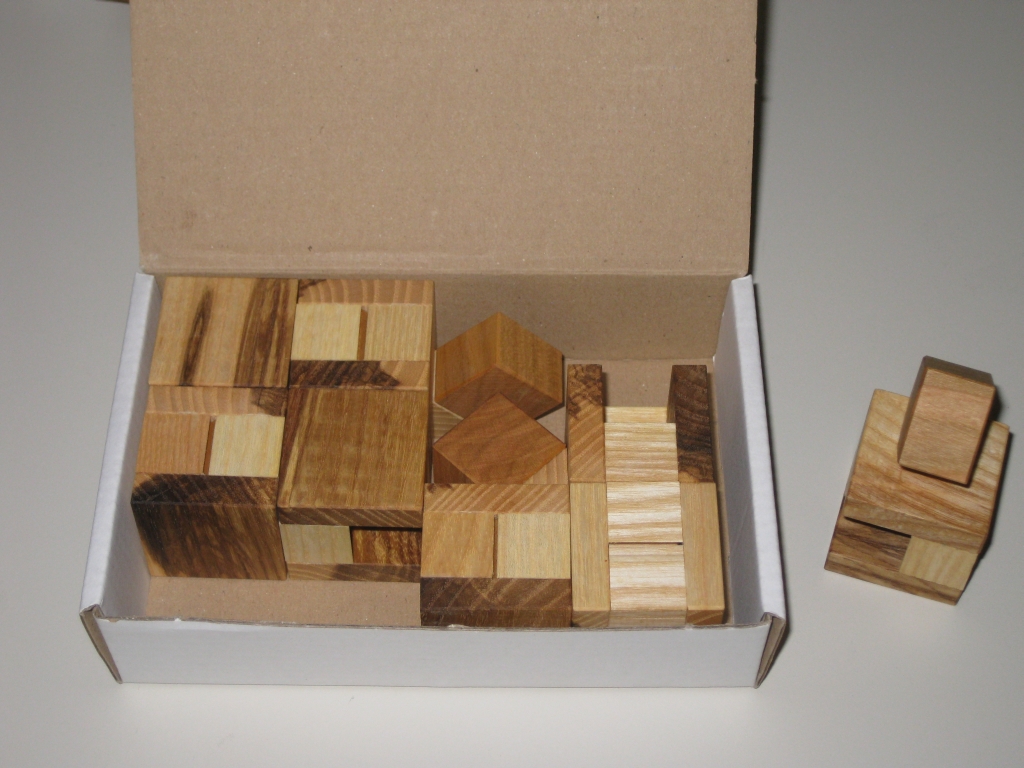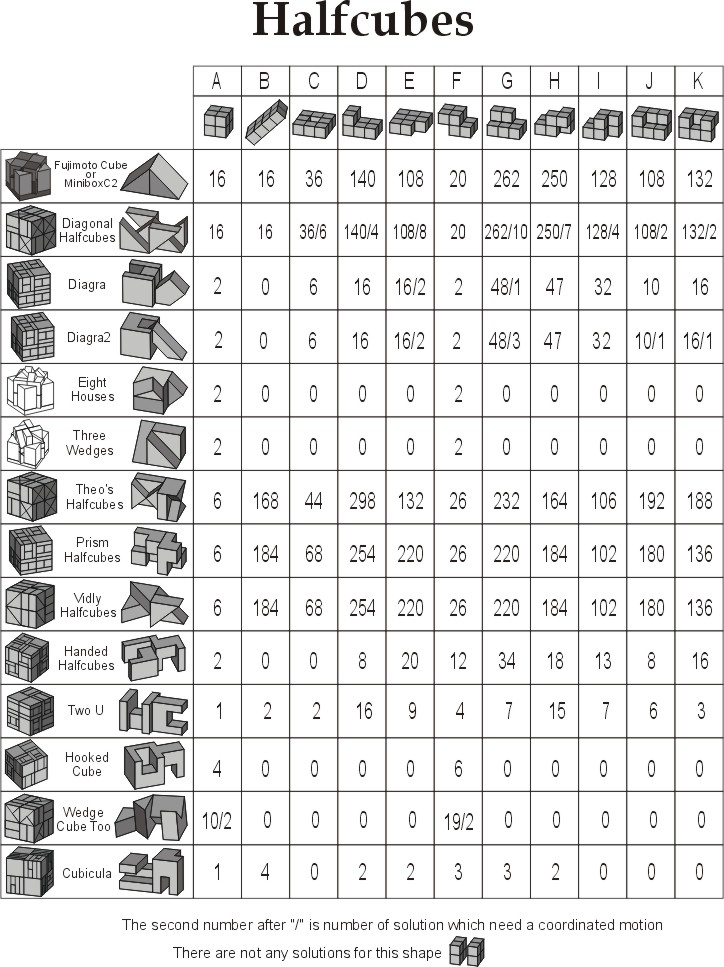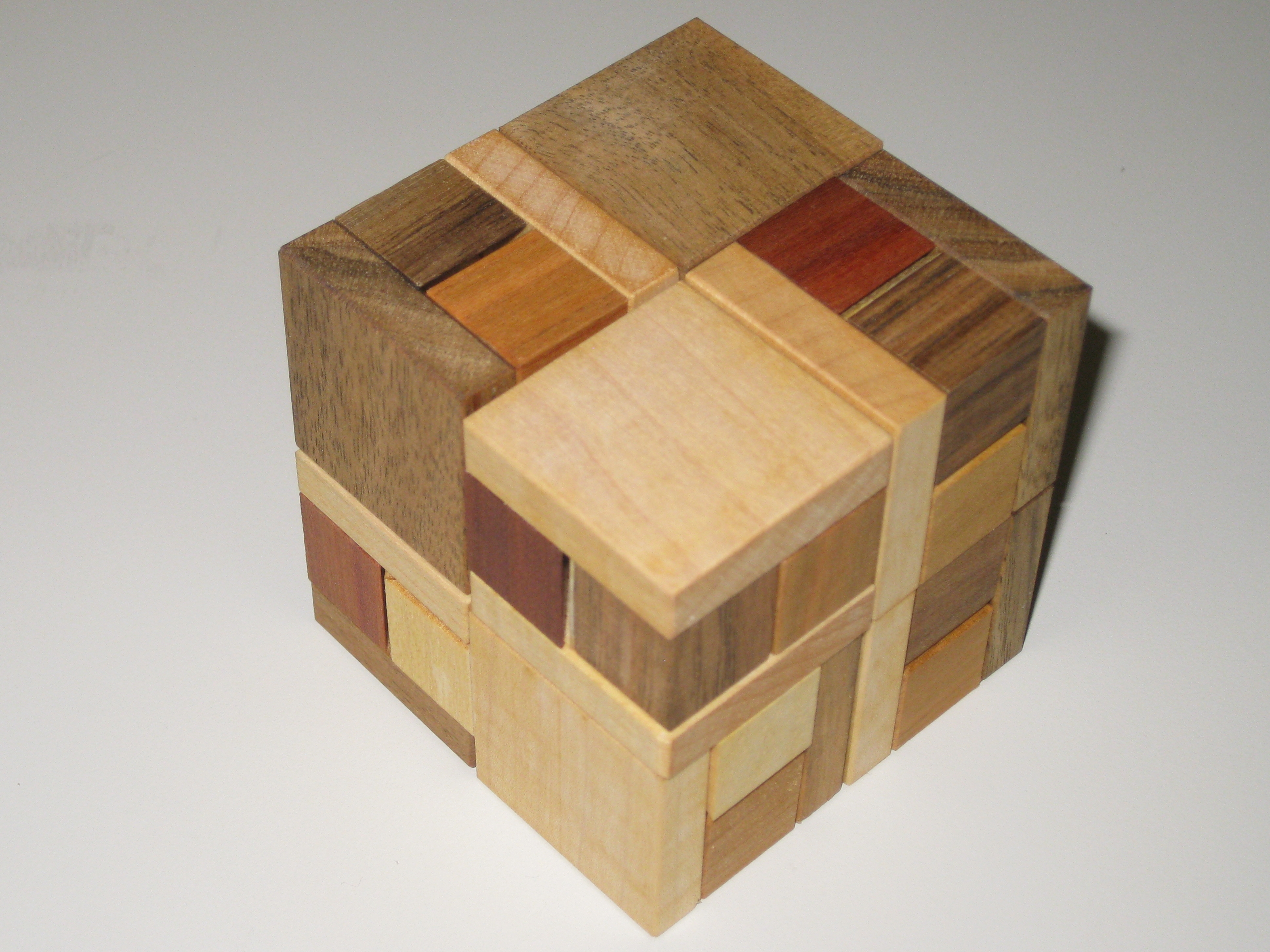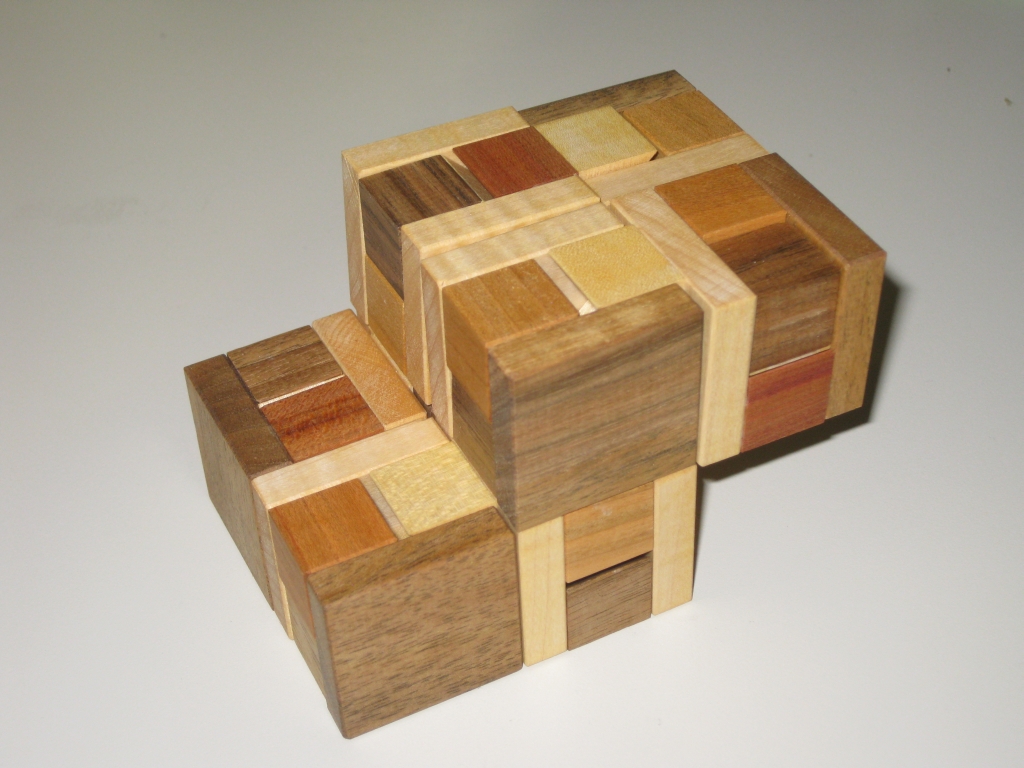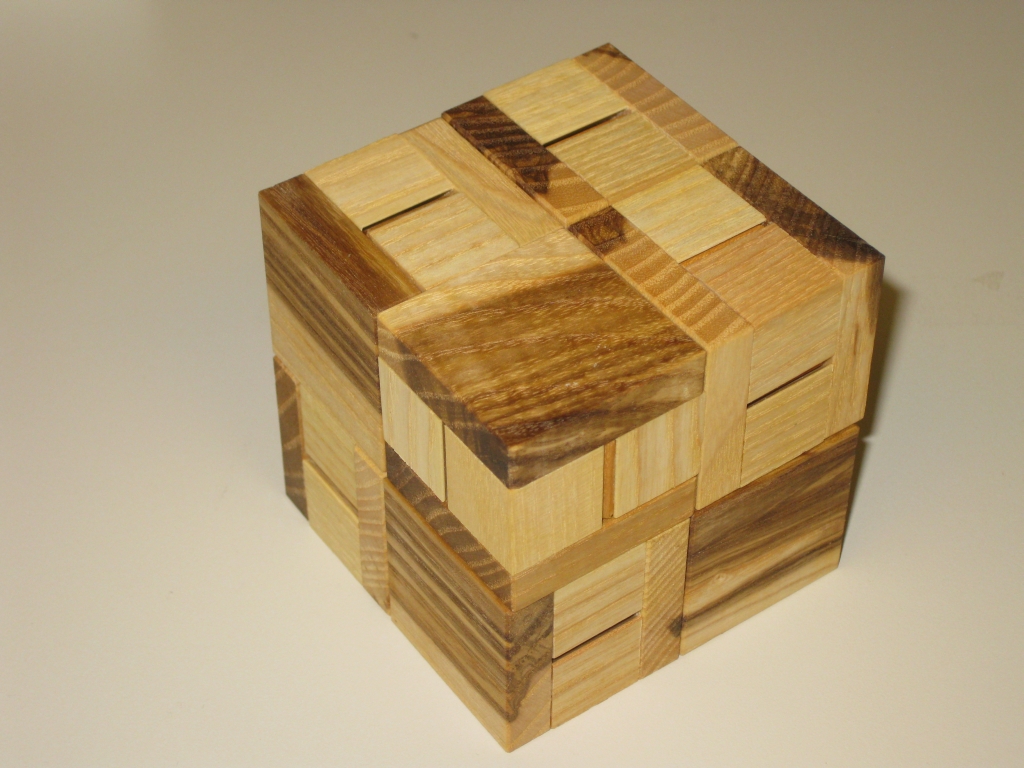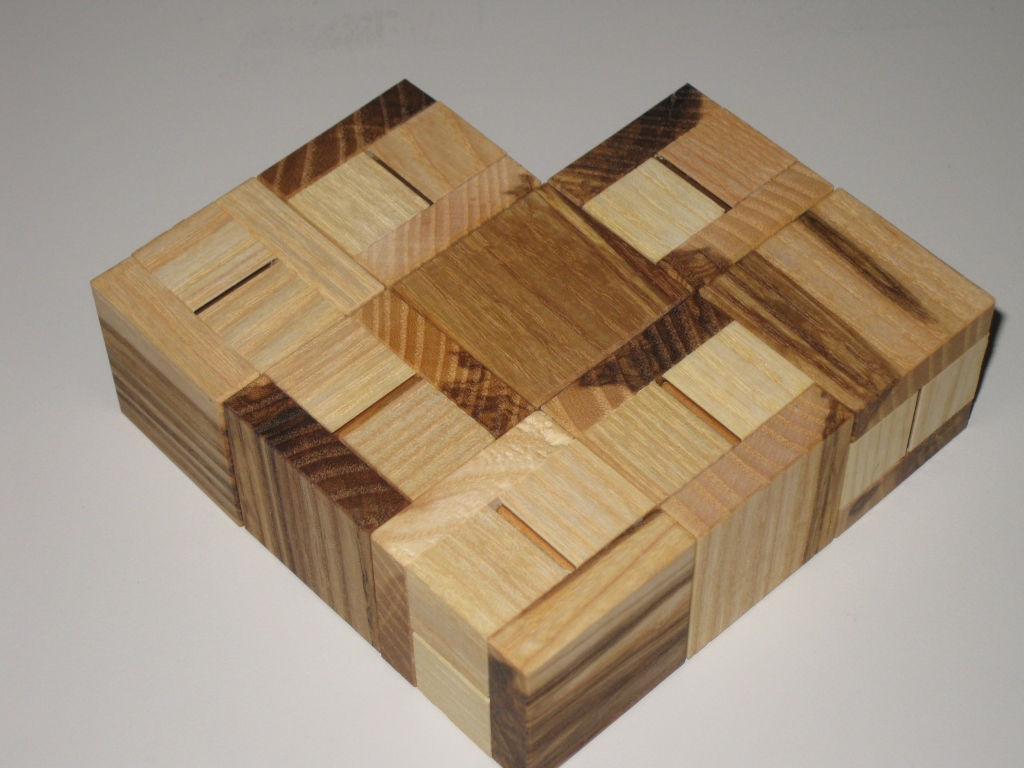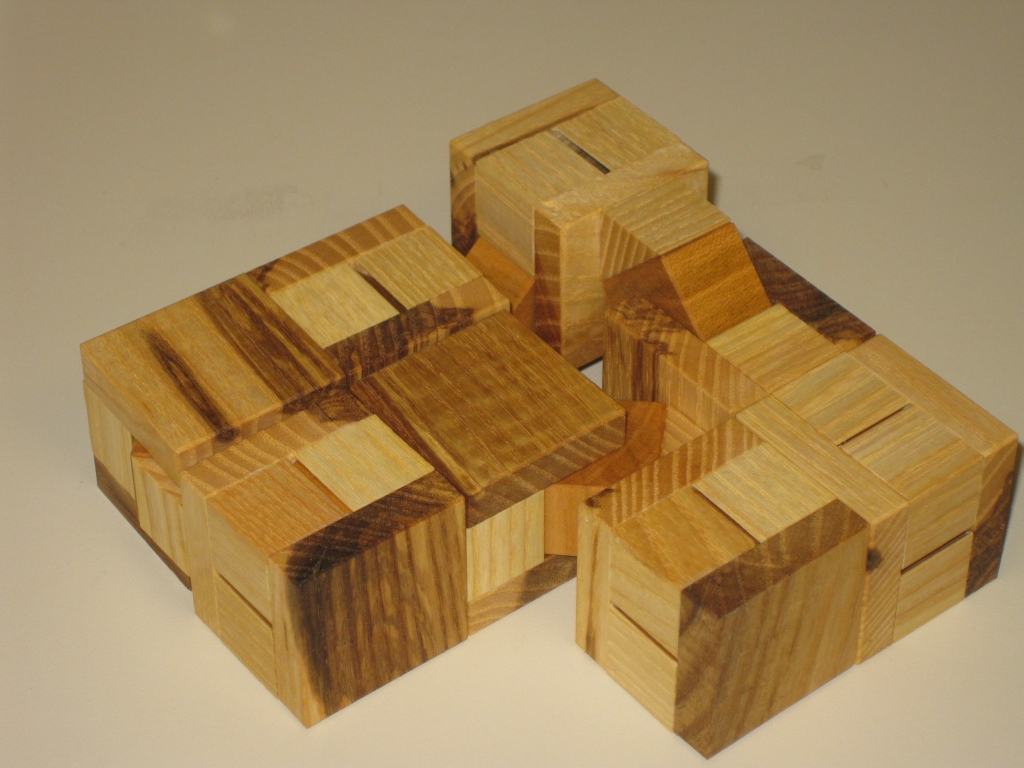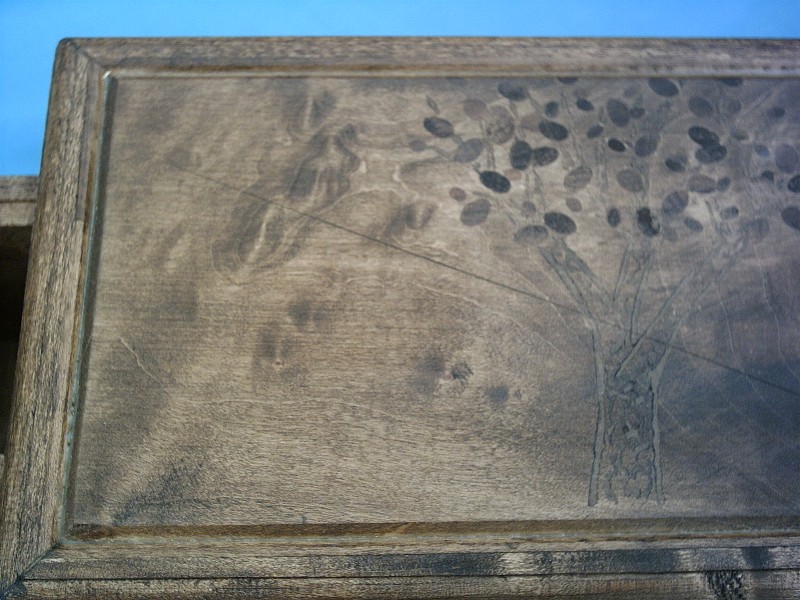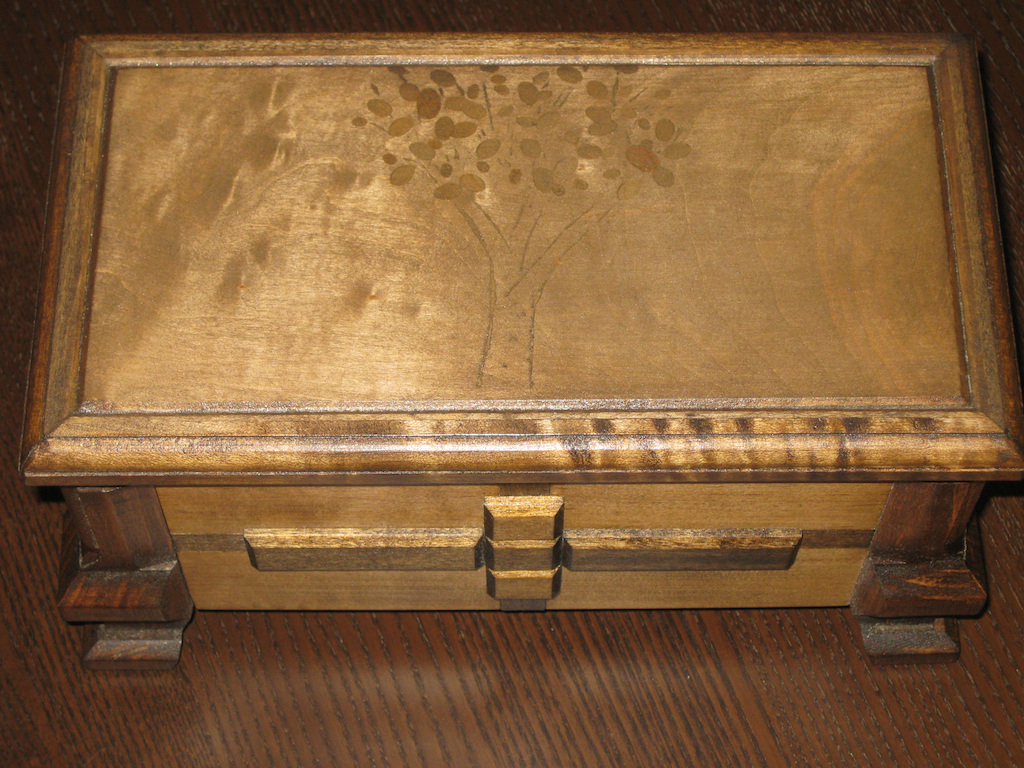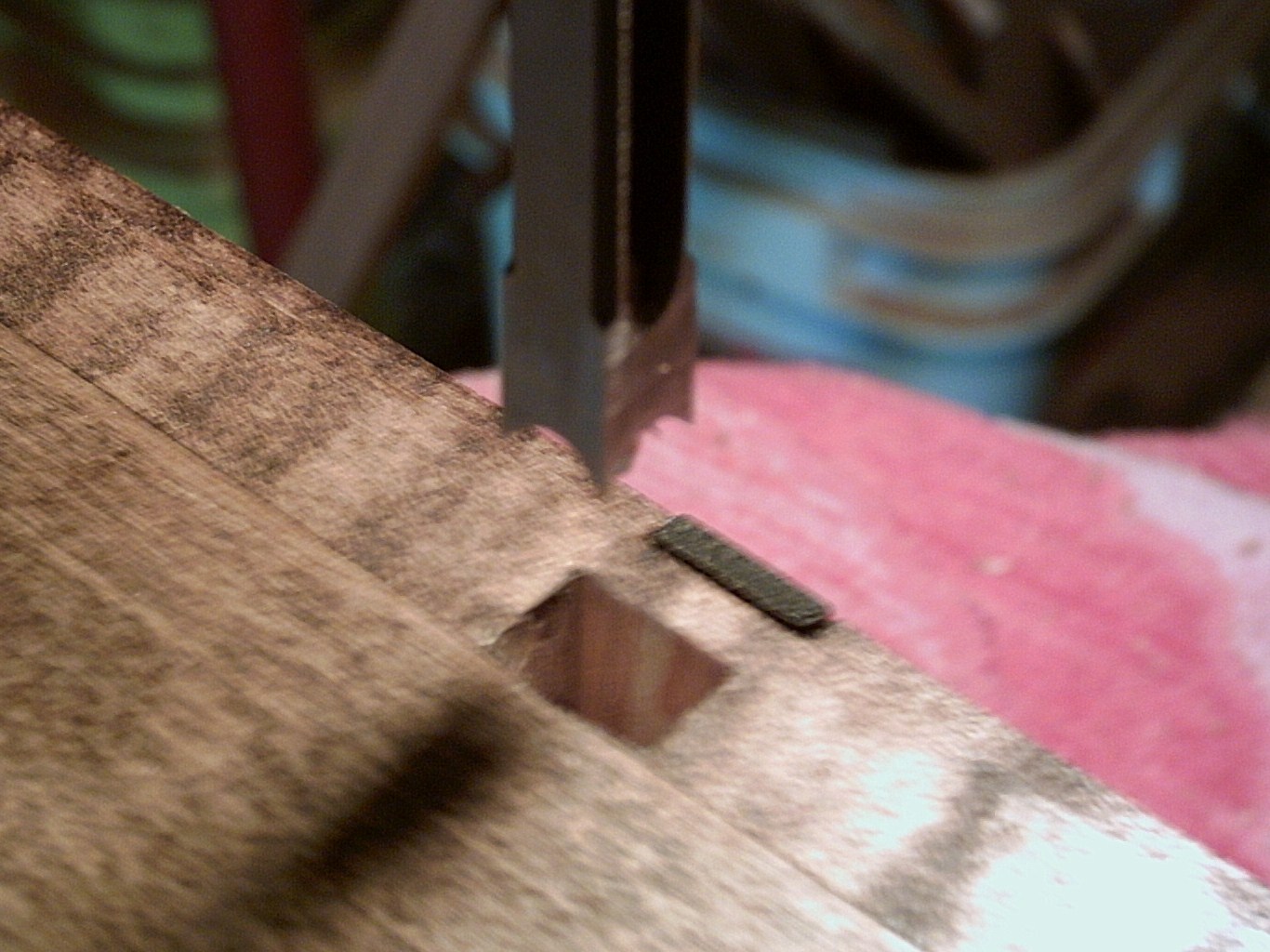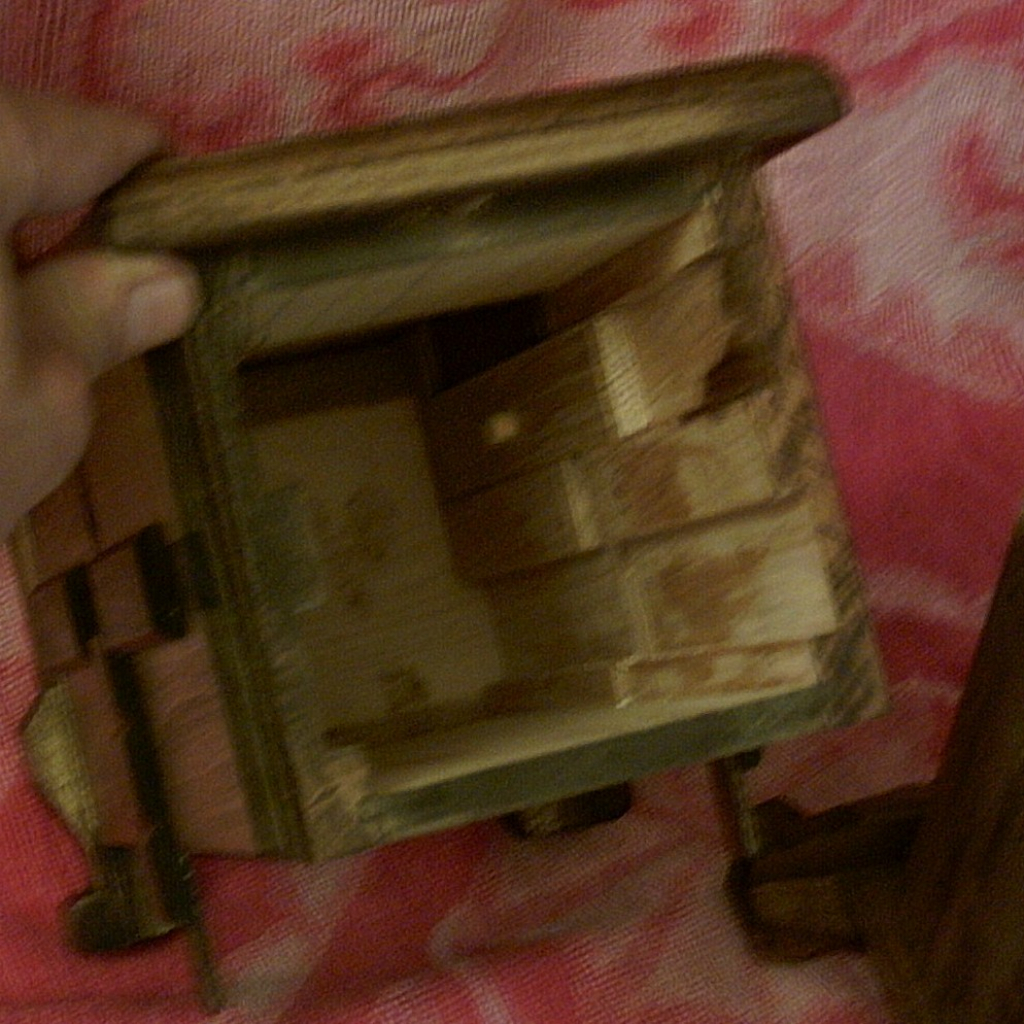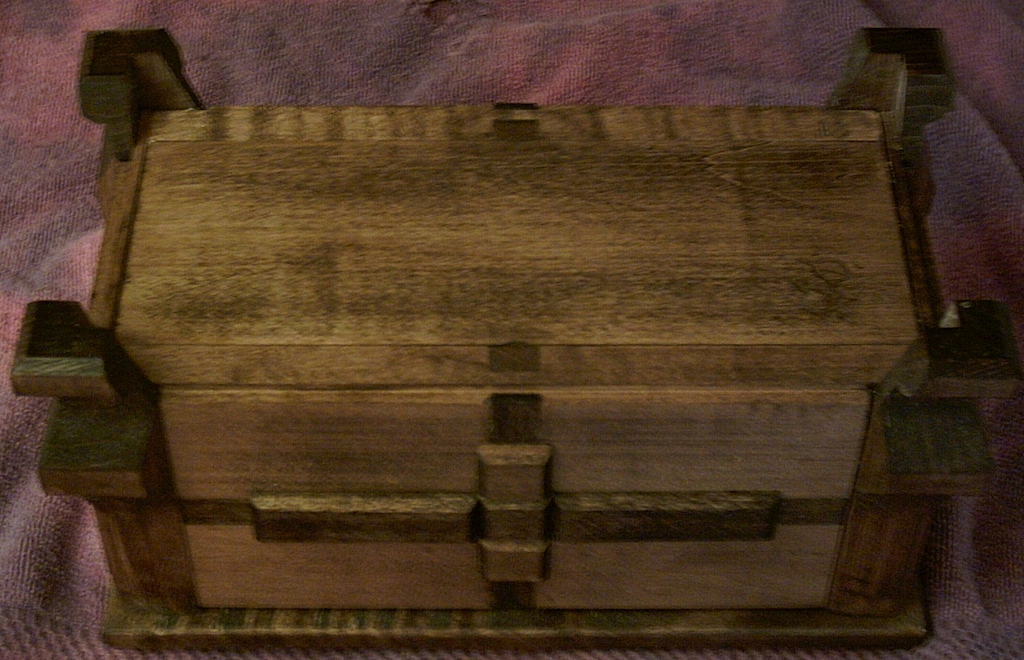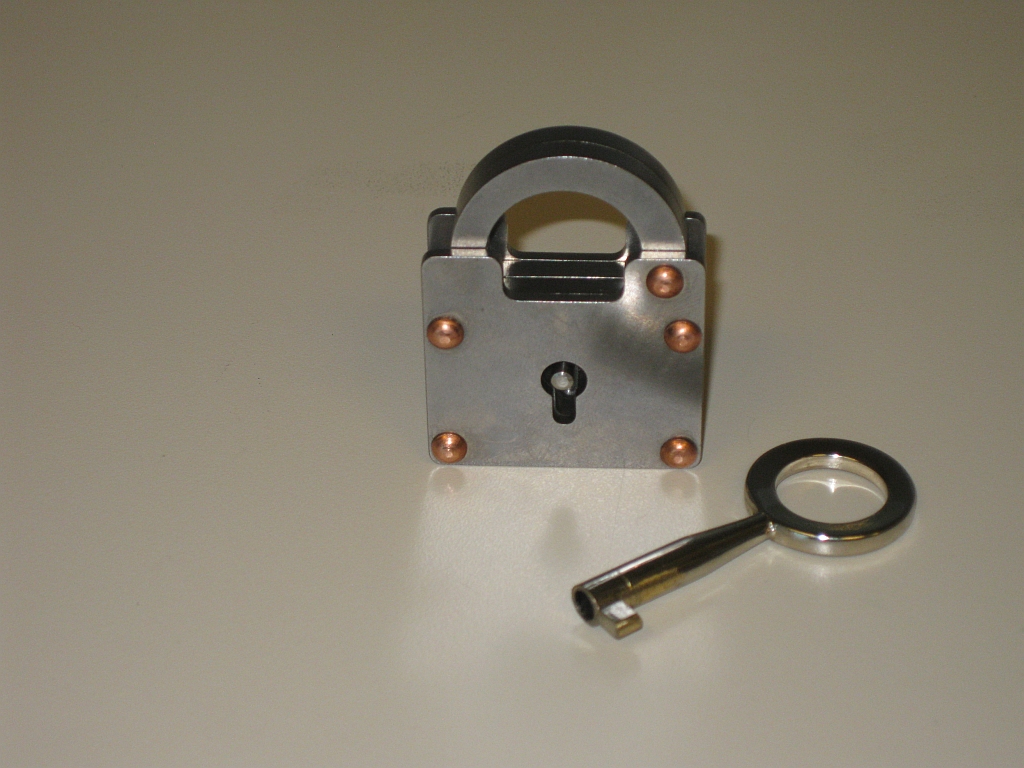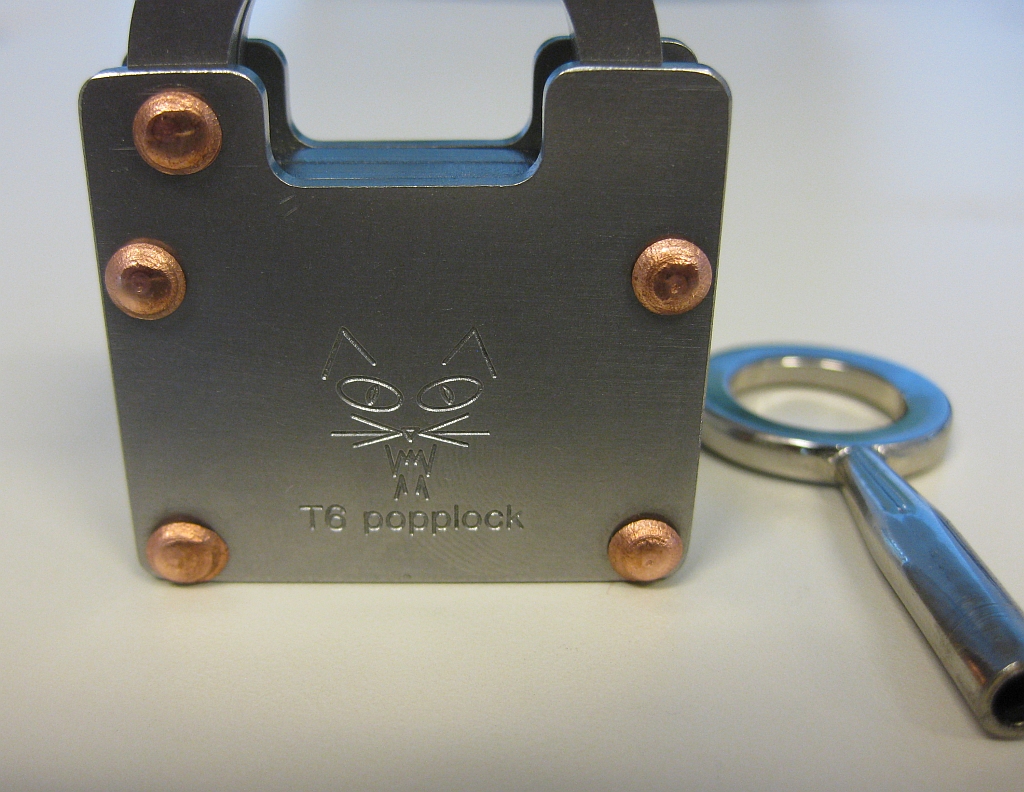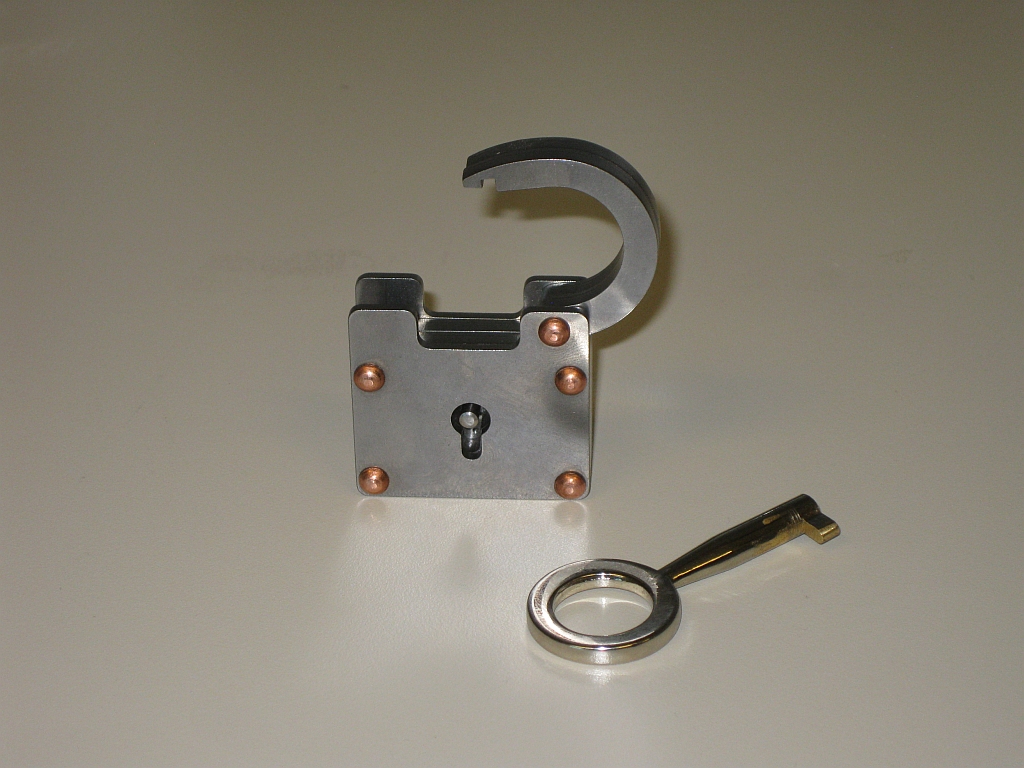… not a UFO
The Yot (or perhaps it’s toY backwards?) from Hi-Q Products is a puzzle which has intrigued me for quite some time now, but I’ve seemed to always have another puzzle that I wanted turn up and mean that I put off getting one. Well that’s no longer the case, as my recent shipment from Puzzle Master included one of these fine puzzles.
Note: Video now available in 720p HD.
The Yot is a great looking puzzle, carved from a block of aluminium and measuring 2.75″ in diameter with a silver dollar trapped inside. My Silver Dollar is from 1972 so is a little older than I am. As a non American, I wasn’t in the USA when these coins were in regular circulation, so it’s nice to have one, and what better way to keep it than inside a puzzle? The Yot has a really good weight in your hand and the little handle on the top is well shaped giving a very tactile feel to it. There is a hole in that nub in the top of the puzzle, which may lead you to thinking it’s part of the solution. If anything I think it’s there to prevent a vacuum from forming between the lid and the coin, but may help to disguise the real solution.
The puzzle itself isn’t terribly difficult to open, and I opened it within a few seconds of taking it out of the box for the first time. The solution is fairly common to a number of puzzles, and really given the shape is one of only a few possibilities that could be hidden in such a small puzzle. Now if you’re reading this, you’re probably thinking, why would I spend nearly $40 on a puzzle that I’ll open so quickly? Well first off, it’s a very high quality puzzle that is well made, and very precisely machined, so from that aspect, it’s worth the price tag. Perhaps the real reason is that given how well made the puzzle is; the simple mechanism, works repeatedly without fail. Even the box it comes in, while simple, is still well finished and adds to the quality feel you get from the puzzle. The only caveat to that is the badly over photocopied piece of paper in the top of the box giving you info about the puzzle.
The real fun with the Yot is being able to open it in front of one of your friends, showing them that all you need to do is lift the top straight off, then closing the puzzle and handing it to them, and watch them struggle to open it. It does take a little practice to be able to perform the trick that is required to opening it without your audience seeing what you have done, but once you can, the look on their faces is priceless. Even better, you can hand them it in the solved state, so they can take the top off, and almost invariably, they open it, re-close it then turn it over with a smile of their face, then fail to re-open it when they turn it back around, which just leaves them more puzzled than they were to start with.
As a nice touch, it’s possible to remove the coin from the Yot, and close it back up. Now the base of the removable top is visible, however the mechanism and any clue as to how the puzzle works is still hidden, so you could even pass it out like this to show that there’s nothing tricky about the coin. A nice touch and a good piece of design to boot.
The Yot is also available in a collectors edition from yot.com directly where the body is 18k gold, and has an antique silver dollar trapped inside. While it’s a lot more expensive than the basic version, it’s a nice touch and if you’re a collector it may be worth looking at. I’ll be honest, without the puzzle being a little more challenging I doubt I’d consider getting the collectors version, but if you’ve won the lottery, then why not. Editors note: Given the price of gold today, and the solid silver dollar contained within, this may even be an investment.
The Yot II has a different solution to the original, so I may have to pick one up and see how much different it is. It’s in a larger package, so clearly there’s more room in there for an additional mechanism.
If you need a few hints as to how to open the puzzle, then you can go to the Yot’s website, and they have a few clues there. It’s not a full solution, but really you shouldn’t need it.
There are a number of other puzzlers out there have already reviewed the Yot, so have a look at Brian’s review or Oli’s. Jerry also has written about the Yot and the Yot II, so there’s no shortage of thoughts on this puzzle.
Overall, I’d say if you’re an experienced puzzler, you’re not going to have a problem in opening this very quickly, but opening the puzzle in front of someone then watching their face as they fail to open it by doing “the same thing you just did” is priceless. A fun puzzle, a great coffee table item, plus a nice way to store your silver dollar. If you don’t have one, it’s a nice addition to a collection, and would make a very nice gift.
